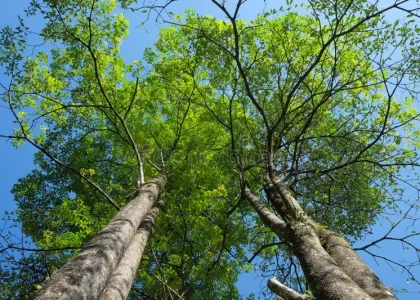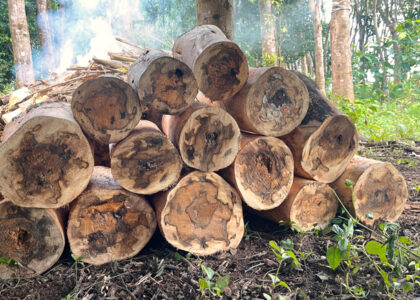Agar trees, particularly the Aquilaria species, have garnered significant attention in recent years due to the high value of their heartwood, which is used to produce agarwood, a fragrant and sought-after material in perfumery and traditional medicine. However, cultivating agar trees is not a straightforward task; it requires a deep understanding of the plant’s specific needs, ecological requirements, and market dynamics. This article aims to provide essential insights and key considerations for aspiring agar tree farmers who wish to embark on a successful journey in this lucrative but challenging field.
Essential Insights for Successful Agar Tree Cultivation
To begin with, understanding the biology of agar trees is crucial. Agar trees thrive in tropical climates, requiring specific temperature and humidity levels to grow optimally. They prefer well-drained, sandy loam soils rich in organic matter and are sensitive to waterlogged conditions. Aspiring farmers should conduct a thorough soil analysis before planting to determine if amendments are necessary. Additionally, planting the trees in areas with partial shade can help reduce stress on young saplings, allowing them to establish a strong root system before being exposed to full sunlight.
Another vital aspect of agar tree cultivation is the process of inducing agarwood formation. This naturally occurs when the tree is wounded, either through natural events or intentional methods, causing it to produce a protective resin. However, understanding the appropriate techniques for wounding and resin induction is essential to ensure a sustainable yield. Farmers must be educated on the timing and methods of inducing resin, as improper techniques can lead to poor quality wood or even damage to the tree. It is recommended to seek expert guidance or attend workshops to learn about the best practices in this area.
Furthermore, patience is a key virtue in agar tree farming. Agarwood does not mature overnight; it typically takes several years (often between 7 to 15 years) for the trees to produce commercially viable resin. Therefore, farmers must be prepared for a long-term investment, both in terms of time and resources. Developing a solid business plan that outlines projected costs, anticipated revenues, and market research can help in managing expectations and ensuring financial viability in the long run.
Key Considerations for Aspiring Agar Tree Farmers
One of the primary considerations for potential agar tree farmers is to familiarize themselves with local regulations and sustainability practices. Many regions have specific laws governing the cultivation of agar trees, as overharvesting from the wild has led to significant declines in wild populations. Adhering to sustainable farming practices not only helps preserve the ecosystem but can also enhance the marketability of the product, as consumers increasingly prefer ethically sourced materials. Certification through organizations that promote sustainable forestry practices can provide an added layer of credibility.
Market dynamics also play a crucial role in the success of agar tree farming. The demand for agarwood is growing globally, particularly in Southeast Asia and the Middle East, where it is used in high-end perfumes and incense. However, prices can be volatile and influenced by factors such as availability, quality, and international trade agreements. Aspiring farmers should continuously monitor market trends and connect with potential buyers to establish relationships that may ensure steady sales and fair prices. Attending trade fairs and industry conferences can also provide valuable networking opportunities.
Lastly, investing in education and resources is paramount for success in agar tree cultivation. Various agricultural extension services, online courses, and local agricultural universities offer resources that can help farmers acquire the necessary skills and knowledge. Participating in farmer cooperatives can also provide a platform for sharing experiences, challenges, and solutions with fellow agar tree farmers. By continually enhancing their knowledge and skills, aspiring farmers can adapt to challenges and improve their cultivation techniques, ultimately leading to a successful agarwood business.
In conclusion, growing agar trees can be a rewarding endeavor for farmers willing to invest the time and effort required. By understanding the essential insights related to the biology and cultivation of agar trees, as well as the key considerations involving regulations, market dynamics, and continuous education, aspiring farmers can set themselves up for success in the agarwood industry. As the demand for high-quality agarwood continues to rise, informed farmers will not only benefit economically but also contribute to the sustainable management of this valuable natural resource.




